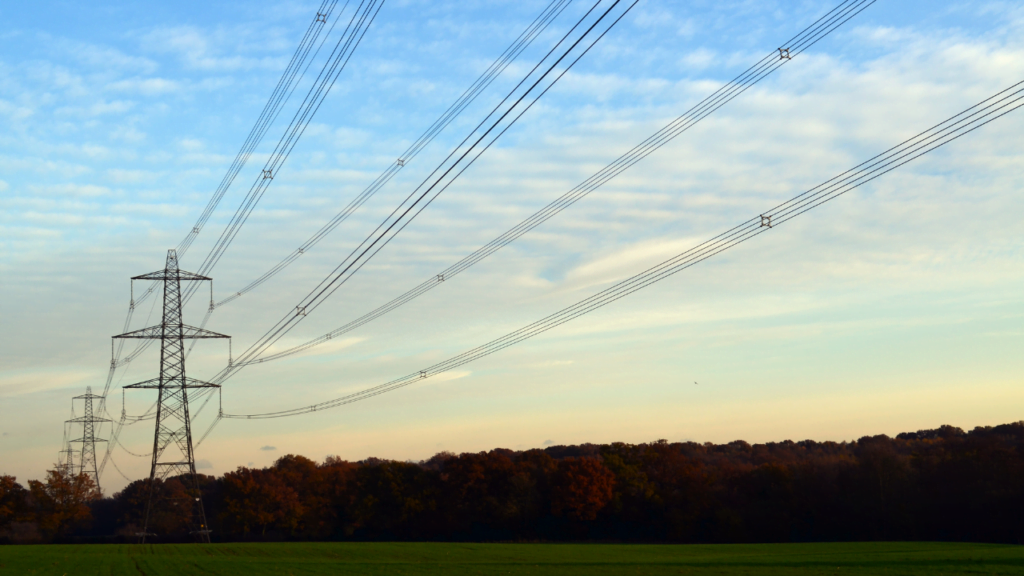National Grid in the US announced the plan to decarbonise heating systems in New York state and Massachusetts by 2050. It will be possible to eliminate fossil fuels by using electric heat pumps more and sourcing more renewable natural gas.
Reuters reported that ‘National Grid plans to have New York and Massachusetts using 100% fossil-free gas by 2050, relying on a significant increase in use of RNG produced from farms, landfills, wastewater facilities and imports instead of conventional natural gas.
The utility is targeting 50% of buildings’ heating to come from electric heat pumps with energy sourced from sources like wind and solar.
The other 50% would come from “fossil-free gas” and a hybrid of electric fossil-free gas systems, the company said.’
At the moment, around 57% of heating systems in New York and Massachusetts rely on natural gas and around 25% run on oil.
While the advantages of the plan for the environment are clear, some argue that the measure will trigger higher prices for consumers because electric heat is more pricey.
States’ environmental commitments
‘In 2019, New York legislators approved a bill that committed to slash greenhouse gas emissions 40 percent by 2030, with an overall target of reducing emissions by 85% by 2050,’ Reuters explains.
While the National Grid’s plan concerns New York and Massachusetts, other US states have also set natural gas targets. California, for example, aims to source 5% of the total amount of gas it sells from renewable natural gas by 2022 and 20% 10 years later, by 2030.
In the US there is a lack of federal climate action so states and local governments enjoy a lot of freedom when it comes to introducing policies aiming at protecting the environment. Thanks to various climate-related targets, carbon pollution that is harmful to American communities can be reduced. As CAP observed, however, While state and local progress is important to preventing the worst effects of climate change, federal leadership is also critical.’
UK decarbonisation commitment
The US is not the only country that is undertaking steps to, at least partially, decarbonise its power systems. In 2020, ‘the UK government published its Energy White Paper, which identified nuclear power as a way to help the country achieve the four-fold increase in clean electricity generation needed to achieve its net-zero target by 2050,’ WNN reported. Recently, this plan was updated and now the UK is committed to decarbonise ‘the country’s power system by 2035, instead of the previous target of 2050. The plan focuses on building a secure, home-grown energy sector – including nuclear energy – that reduces reliance on fossil fuels and exposure to volatile global wholesale energy prices.’
The plan aims to remove coal from the UK’s electricity mix no later than 2035. To achieve this goal, the UK has been focusing on developing clean energy technologies and has been moving away from fossil fuels to renewables.
Speeding this transition up is crucial especially now as the UK is facing a severe energy crisis. If most people were sourcing their energy from renewables, gas shortages would not be a major problem. In addition to that, moving to a clean energy and carbon-neutral economy allows to create new kinds of jobs and to promote innovation.
The UK is on the right track to achieve its decarbonisation goals but still a lot needs to be done so the next few years will show whether the country can keep it up.
